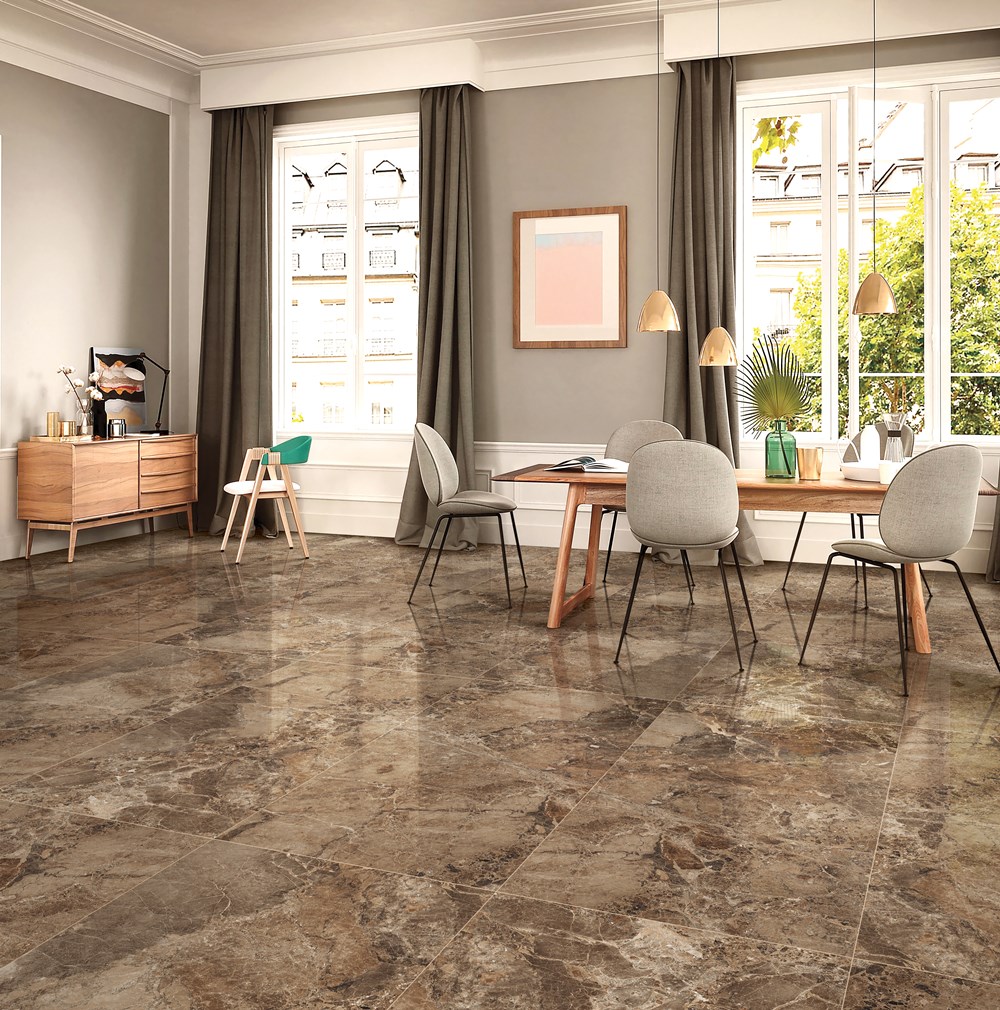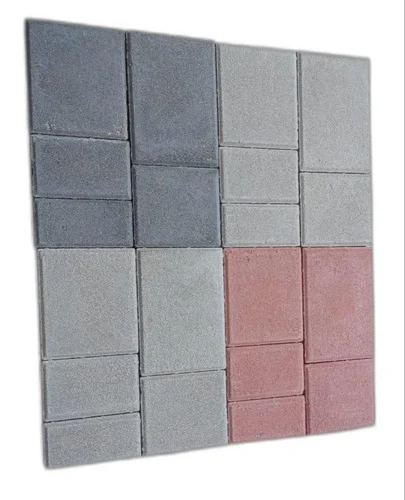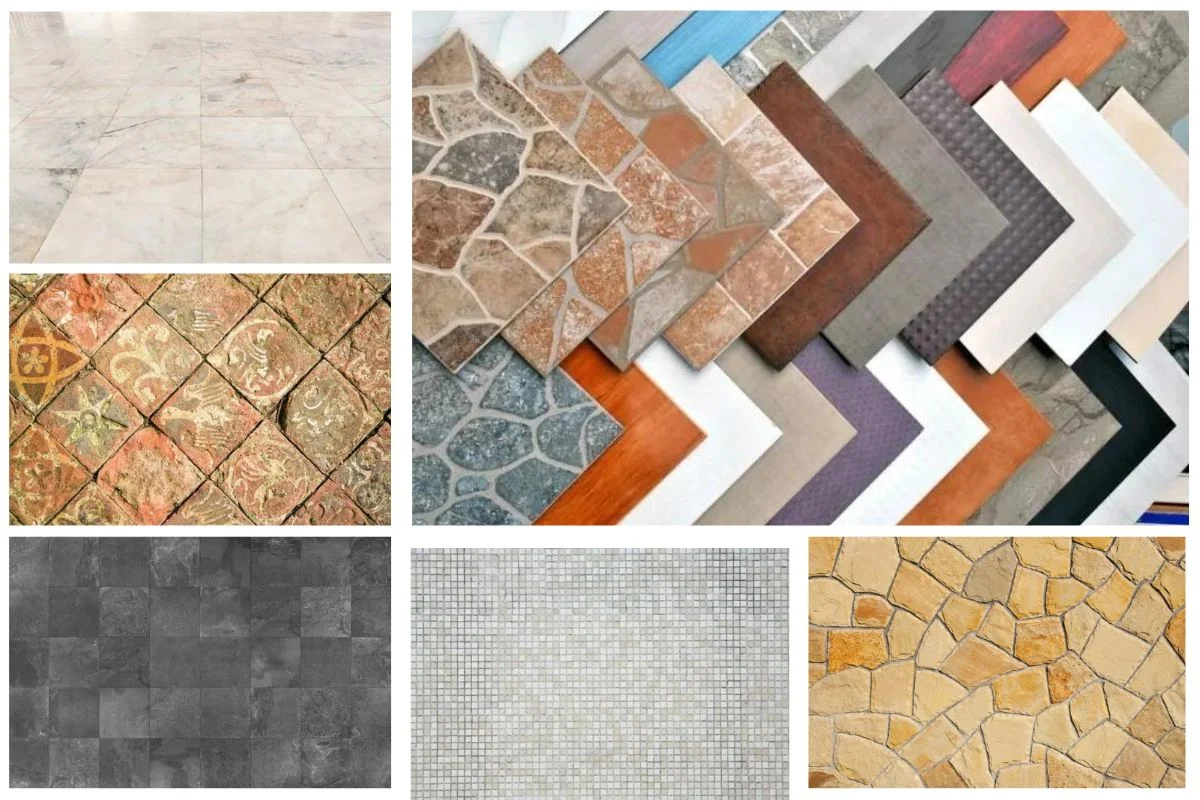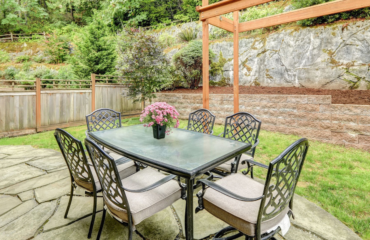Tiles are normally made of natural clay, shale, or any other material, shaped, and then fired at high temperatures. First of all, the raw materials are mixed down fine into a powder, then formed into tiles with a press. The tiles are thereafter dried to rid them of moisture, then fired in a kiln at more than 1000°C to harden the tiles, hence making them durable and impervious to water. Glazing is applied to a great extent for coloring, designing, and added protection.
Tiles have a history dating back thousands of years; the first evidence of tiles was found in ancient Egypt, Mesopotamia, and the Indus Valley. Early tiles were handmade and used for decorative and functional purposes in houses, temples, and public buildings. Techniques of tile-making developed over the centuries; vital contributions came from Islamic, Chinese, and European artisans. Nowadays, tiles are simply everywhere in construction and design and are loved for their beauty, versatility, and durability.
Tiles are the versatile and paramount component of modern construction and interior design methods since they can be used for flooring, walls, or even exterior applications. Get the best Tiles in Delhi if you wish to purchase premium quality tiles .
With such a huge range of materials, styles, and finishes available, it may sometimes be overwhelming to choose the appropriate type of tile for a certain application. This general overview has been prepared to enlighten your decisions on the major types of tiles, their properties, and ideal uses.
1. Ceramic Tiles

Composition and Features:
Ceramic tiles are made from natural clay mixed with water and other minerals. They are then shaped and fired at high temperatures. Ceramic tiles can be glazed or unglazed, with glazed tiles offering a glossy finish and additional protection.
Uses:
Ceramic tiles are widely used in residential and commercial settings. They are ideal for indoor applications like kitchen backsplashes, bathroom walls, and light-traffic flooring areas. Their affordability, ease of maintenance, and wide range of colors and patterns make them a popular choice.
2. Porcelain Tiles

It is a type of ceramic tile, but the porcelain tiles are made with much denser clay and fired at higher temperatures to make it really resistant and less porous. They can imitate natural stone, wood, or even fabric textures.
Uses: Due to the hard-wearing and impermeable nature of porcelain tiles, they find both interior and exterior uses. They normally include living rooms, corridors, and commercial areas, which are high-traffic areas. They are most suited for kitchens and bathrooms due to their low rate of water absorption.
3. Glass Tiles

Composition and Features:
Glass tiles are thin pieces of glass, having a translucent and light-reflecting surface. They can be colored and cut to different shapes and sizes.
Uses:
Glass tiles are primarily used for decorative purposes, as mosaics, backsplashes, and feature walls. They enliven any interior by reflecting light in it. Since they are very fragile, they are never used for flooring.
4. Stone Tiles

Composition and Features:
Made up of natural stone materials like marble, granite, limestone, slate, and travertine, stone tiles come with varying characteristics in terms of color, veining, or texture.
Uses:
They are primarily used for interior and exterior flooring, walls, countertops, and patios. Stone tile adds an air of class to any room, emitting a timeless sense of beauty, while it does require constant sealing and maintenance to keep it nice and durable.
Marble and granite come in very nicely for upscale bathroom and kitchen applications. Slate and travertine give excellent finish when creating rustic or natural environments.
5. Concrete Tiles

Composition and Characteristics:
Cement tiles are also known as hydraulic tiles, and they are made through a mixture of cement, sand, and pigments. It goes through curing, not firing, which results in a matte finish, featuring rich, vibrant colors.
Uses:
The preference on cement tiles is because of their aesthetic value, and they are mostly utilized in the decoration of the floors, wall surfaces, outhouses, among other places. They have to be sealed so that they don’t stain, and they are better used in the definition areas of colors and patterns.
6. Terracotta

Composition and Features:
Terracotta tiles are unglazed red or brown-colored clay, and they give a very earthy feel. These tiles are generally not given any form of glaze that lends them a matte appearance with a warm, natural hue.
Uses:
Terracotta tiles are quite common in most Mediterranean, Southwestern, or country styles. They are often found indoors in kitchen floors and living areas, requiring sealing because of absorbing moisture through the pores—in other words, not suitable for very wet areas like bathrooms.
Conclusion
There are numerous varieties of tiles, and each is appropriate for a certain use. Because of their cost and adaptability, ceramic tiles are very popular. Because porcelain tiles are denser and more water resistant, they are perfect for damp, high-traffic areas. Mosaic tiles, which are frequently utilized in complex designs, offer artistic flair. Natural stone tiles with classic styles, such as slate, granite, and marble, give an opulent appearance. Glass tiles are popular for backsplashes because they have a sleek, contemporary appearance. Cement tiles are adaptable and long-lasting, making them ideal for distinctive patterns. Lastly, vitrified tiles are excellent for both indoor and outdoor use since they are extremely resilient and stain-resistant. Visit Antica Ceramica in Delhi to find the best tiles showroom in delhi that blend style, variety, and quality. There, you can browse a large collection of tiles suitable for any project.









